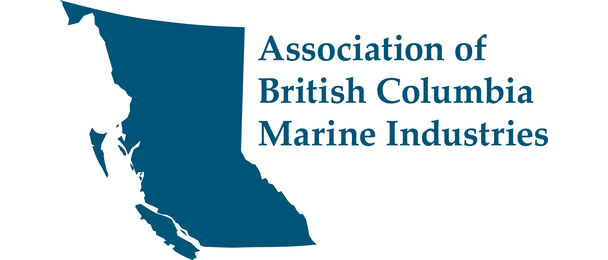In reflecting on the marine industry of British Columbia, one is, in truth, reflecting on the overall development of Canada’s West Coast. Our reliance on coastal and inland waterways to carry goods and people, to provide food, jobs and recreation – and even the discovery of the coast itself – defines us. It explains our past and features large in our future.
From indigenous peoples, whose maritime skills were tightly integrated into their daily lives, to successive explorers and subsequent settlers, the marine trades industry has been an essential component of British Columbia’s history. The growth of a maritime community in B.C. can be traced as far back as the 1880s and the establishment of a Hudson’s Bay Company trading post in what is now Victoria. It was a critical factor in the growth of our fishing and forestry industries throughout the 1900s and today, it accounts for billions of dollars in economic activity and trade moving through our ports.
There are so many diverse aspects to the marine industry in B.C., it’s difficult to identify all of the professions, services and supplies that support all of the activities taking place on the water. If categorizing by activity, there is:
- The recreational industry – fishing, sailing and powerboating, plus tourism activities like charter boats, cruise ships and whale watching;
- The transport industry – ferries, water taxis and sea busses to move people plus tugs, barges and short sea vessels to move goods;
- The resource export industry moving grain from the Prairies, forest products from B.C.’s Interior and metals, minerals and energy resources from across Canada and the U.S. mid-west out through the Pacific Gateway;
- The commercial import/export industry – carrying manufactured goods to and from our ports via the most economical and environmentally friendly mode of transport in the world; and
- The safety and protection industry – the Canadian Coast Guard, the Royal Canadian Navy, Western Canada Marine Response Corporation and others, such as the RCMP Marine Services and the Canadian Lifeboat Institution.
Now think of all the industries required to support those activities – shipbuilding and repair; the manufacture, distribution and maintenance of onboard equipment and supplies; marina, port and terminal operators as well as escort tugs, pilots and fuel bunker service providers; fishing guides and tourist activity operators; even financial institutions, legal firms and classification societies.
And now expand that thought across the entire province – lakes and rivers throughout B.C.’s Interior; coastal port cities like Vancouver including the Fraser River; Island destinations like Victoria, Port Alberni, Campbell River and Nanaimo; northern ports like Prince Rupert, Stewart and Kitimat and the many coastal communities spread over about 26,000 kilometres of coastline where access to the water is critical to their way of life.
B.C.’s economic well-being and growth depends on a vibrant and robust maritime industry. It always has and it always will.
Our members companies are part of this proud continuing tradition. To find out more about them, visit our business directory.
